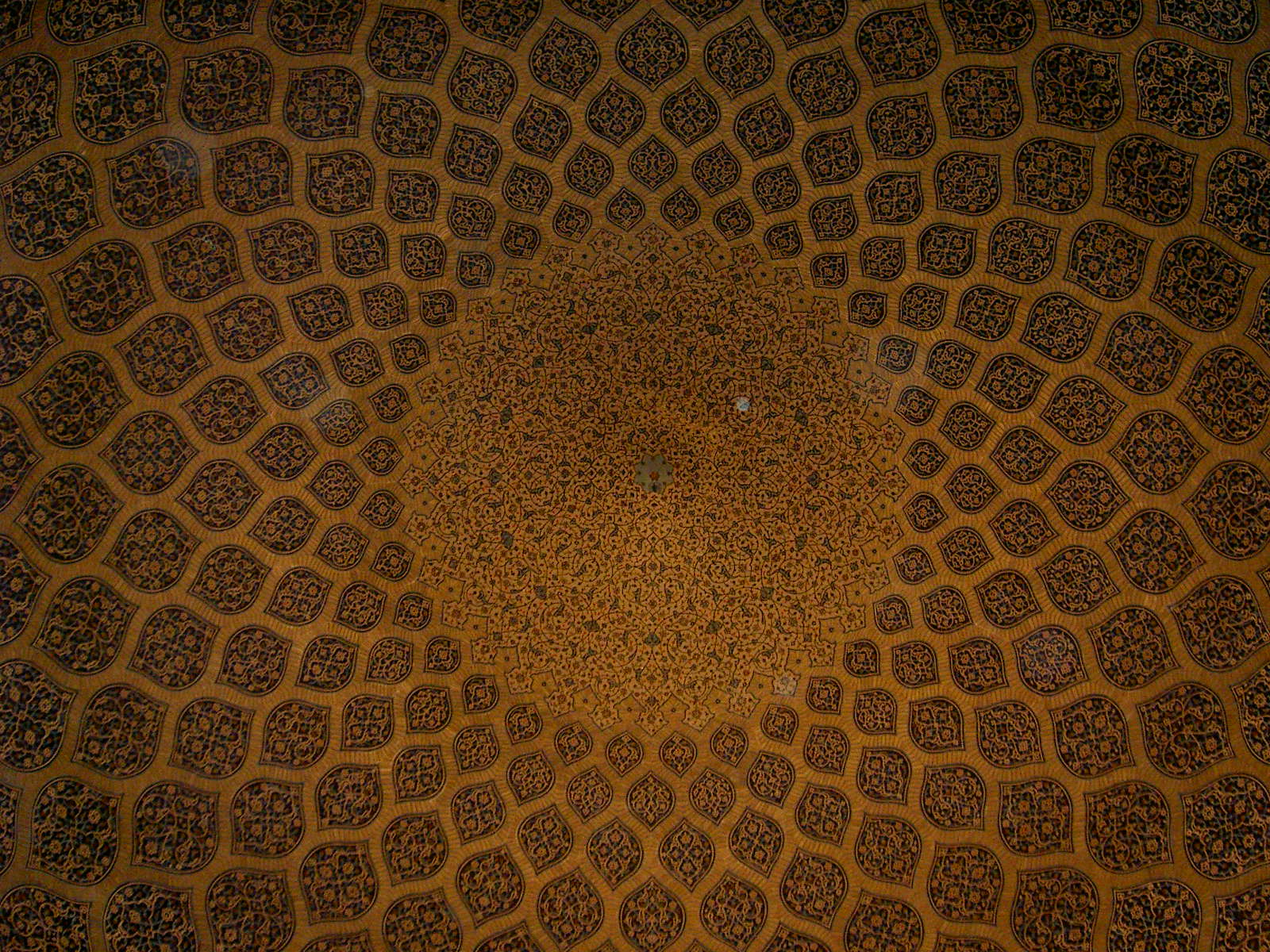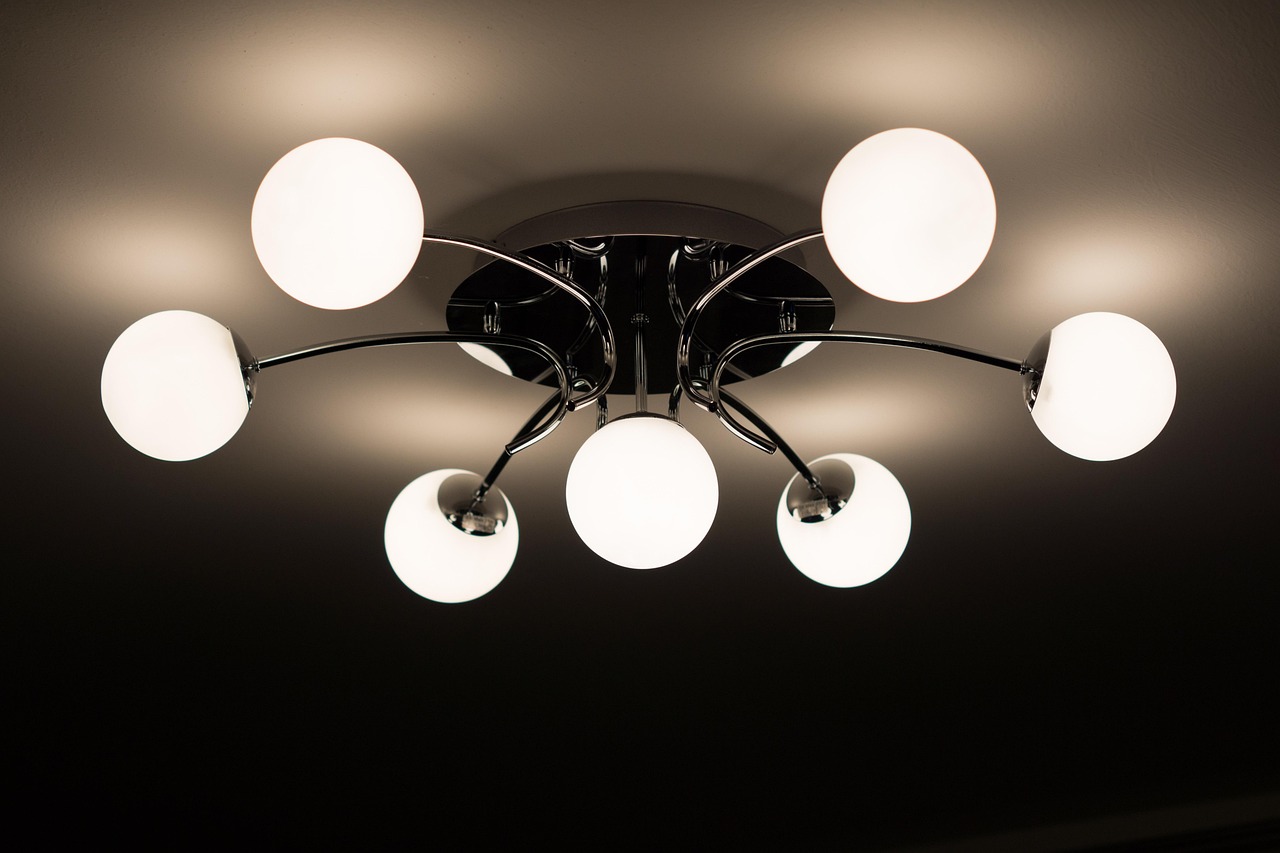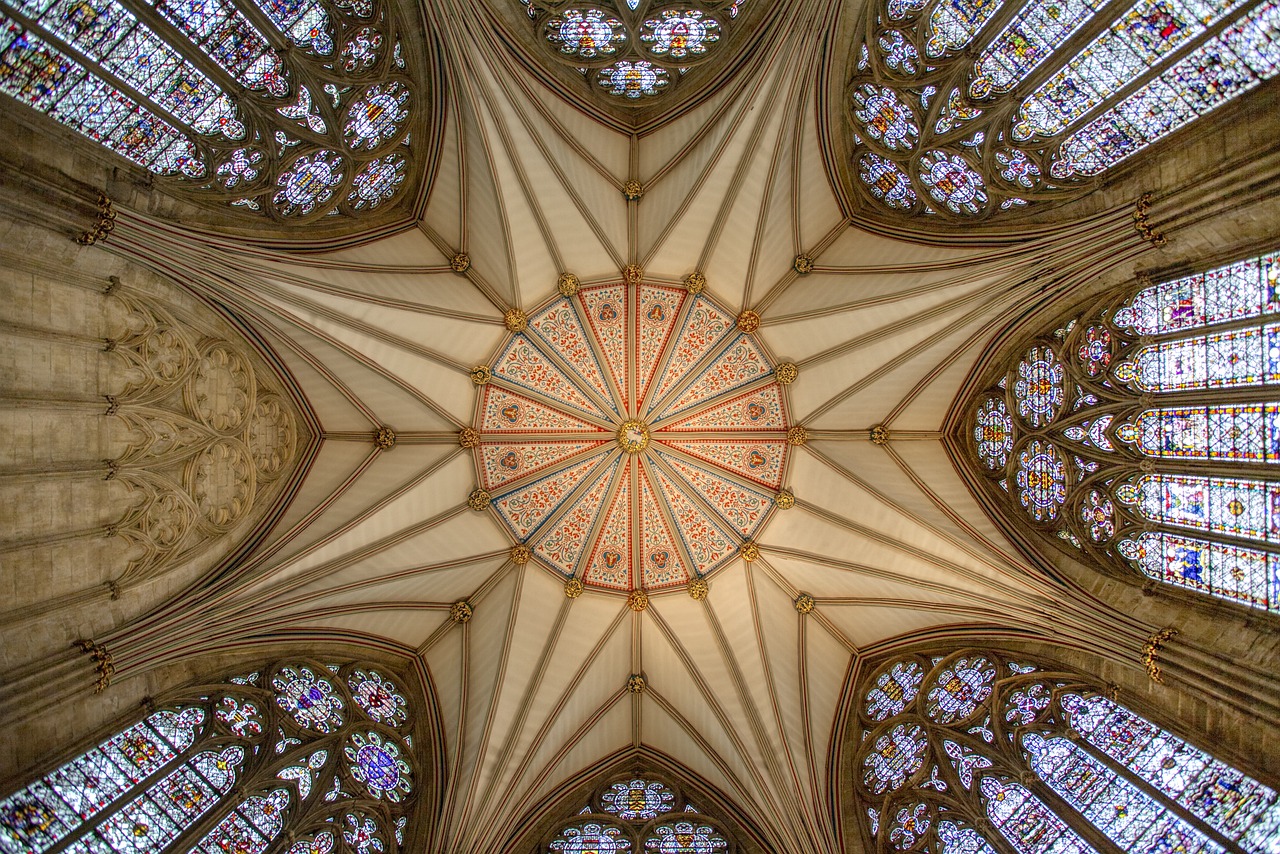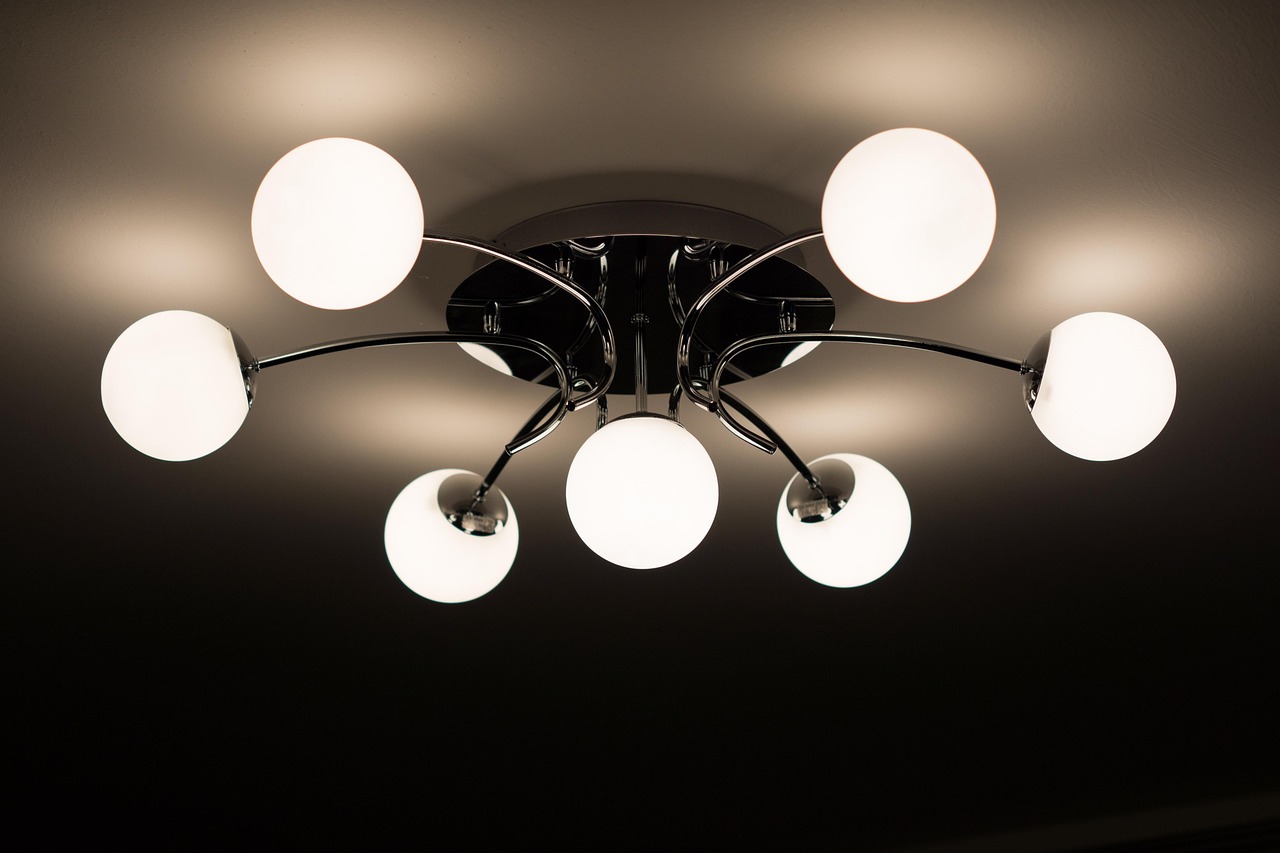The Instant Drama of a Dark Ceiling

Imagine walking into a room and feeling the world shift. That’s the power of a dark ceiling—it grabs your senses and immediately transforms the mood. The ceiling, often called the “fifth wall” by designers, suddenly becomes a feature, not an afterthought. Picture lush charcoal above a crisp white living room or rich navy crowning a cozy bedroom. The effect is emotionally charged—some describe it as cocooning, others as deeply luxe. This isn’t just a paint job; it’s a bold decision that rewrites the room’s story. It can turn a bland box into a cinematic experience or a stark space into a haven. The moment you step inside, you feel the difference—not just see it.
Color Psychology Changes How You Feel
The color you choose above your head truly shapes your emotional experience. Darker ceilings can evoke feelings of comfort, safety, and even a touch of mystery. “People naturally feel more grounded under a dark ceiling,” says interior designer Tara Hanley. In bedrooms, this can translate into better rest. In dining spaces, it often encourages deeper conversation and focus at the table. These deeper hues absorb light, softening harsh edges and making the space feel more nurturing. For those who crave a sense of retreat, a dark ceiling can make a room feel like a private escape from the world. The psychological effect is subtle but powerful—your mind feels the embrace, even if you can’t always explain it.
Visual Tricks with Height and Proportion
A dark ceiling can visually lower the height of a room, making it appear more intimate. For rooms with soaring ceilings that feel impersonal or echoey, this trick creates a sense of scale and comfort. On the other hand, use caution in spaces with already low ceilings. The effect can be dramatic—sometimes a single coat of deep paint can make an eight-foot ceiling feel a foot lower. Designers use this on purpose to correct proportions: for example, in tall entryways that feel cold, a dark ceiling brings the space back down to a human scale. This isn’t just paint; it’s a tool for rewriting how big or small a room feels, instantly.
Contrast Creates Instant Architectural Interest

Pairing a dark ceiling with lighter walls creates an eye-catching contrast that pulls attention upward. This contrast naturally spotlights architectural details like beams, crown moldings, or medallions. Even the humblest room can feel custom and considered with this simple move. For example, a white-walled hallway with a black ceiling suddenly feels gallery-worthy. This technique is used in many boutique hotels to add drama without expensive renovations. The contrast also helps define zones within open-concept spaces, separating areas visually without using walls. It’s an affordable way to inject instant sophistication and style.
Lighting Makes or Breaks the Look

Lighting is absolutely crucial when you go dark overhead. Natural light can keep a space feeling open even with a deep ceiling color. In windowless or north-facing rooms, designers recommend layering light—think ceiling fixtures, lamps, wall sconces, and even under-cabinet lights. “The right lighting can make a dark ceiling feel like velvet, not a cave,” says stager Megan Firth. You can even use LED strips along crown molding to bounce light upward, giving the ceiling a soft, ethereal glow. The message is clear: don’t rely on one overhead bulb. Use lighting to sculpt the mood and keep the space inviting.
Maintenance Surprises You Might Not Expect
Dark ceilings reveal dust, webs, and imperfections more clearly than pale ones. If your ceiling collects dust easily—think kitchens or rooms with ceiling fans—you’ll notice it sooner. Touch-ups also matter: scuffs or chips in a dark finish can stand out like a sore thumb. High-quality, washable paint is essential. Some homeowners opt for matte finishes to hide flaws, while others choose eggshell for easier cleaning. It’s a small trade-off for dramatic style, but it’s worth factoring into your plans. If you’re someone who dreads ladders, you’ll want to weigh the maintenance needs honestly.
What This Means for Resale Value
Painting your ceiling a dark color is a statement—and not every buyer is ready for it. According to Zillow, homes with bold but well-executed design features can sell for up to 10% more, but only if buyers connect with the look. In competitive markets, a dramatic ceiling could set your home apart, sparking bidding wars among style-minded buyers. However, if the paint is sloppy or too personalized, it can have the opposite effect, making a space feel smaller or harder to visualize for new owners. Stagers often suggest going bold in small doses: powder rooms, dining rooms, or accent ceilings, rather than every room. The key is balance—choose spaces where drama feels intentional and adds value.
Mini Makeover: Dining Room Dark Ceiling Success
Take the case of a young couple in Austin who painted their dining room ceiling deep navy. The result? Family dinners felt more intimate, and guests instantly commented on the “wow” factor. The couple reported that the room became the most-used space in the house—proof that a single design choice can change how a home is lived in, not just how it looks. This transformation didn’t require new furniture or expensive art; just paint, good lighting, and a bit of courage. Their home even sold faster than similar listings nearby, with buyers citing the “memorable ceiling” as a favorite feature.
How to Pick Your Perfect Dark Shade

Choosing the right dark color is about more than picking black or navy off a shelf. Designers recommend painting large swatches on the ceiling and observing them at different times of day. Light changes everything—a charcoal that feels cozy at night can look stormy by morning. Warm undertones like chocolate or aubergine provide comfort, while cool tones like slate or forest green add a touch of elegance. Consider the room’s purpose and your furniture’s palette. If you’re unsure, look to design magazines or model homes for inspiration—the top trend in 2025 is “moody minimalism,” blending deep colors with clean lines.
Budget Luxe with High-Impact Paint Choices

Painting the ceiling is one of the most affordable ways to add luxury to a room. For under $100, you can give your space a boutique-hotel vibe. DIYers often rave about the instant gratification—no need for new floors or pricey accents. For maximum effect on a budget, pair your dark ceiling with simple, light walls and a standout light fixture. Even renters are getting in on the trend, using temporary peel-and-stick paint or fabric panels to mimic the look. The message is clear: a dramatic ceiling is a high-impact, low-cost upgrade.
Designers’ Best Advice for Everyday Homes

Top designers agree: if you’re tempted by a dark ceiling, start small. Try it in a powder room, hallway, or cozy den before tackling the main living area. Always test color samples and invest in good lighting. “A dark ceiling should feel intentional, not like a last-minute fix,” says designer Jamie Beckwith. Don’t be afraid to embrace contrast and drama—just keep the rest of the room balanced and uncluttered. A well-chosen dark ceiling can make even an everyday home feel editorial and inviting.

Renowned for her warm and inviting aesthetic, Joanna Gainsley has revolutionized modern farmhouse design. In The Cozy Home Guide, she shares practical tips on how to make any space feel like a sanctuary.

